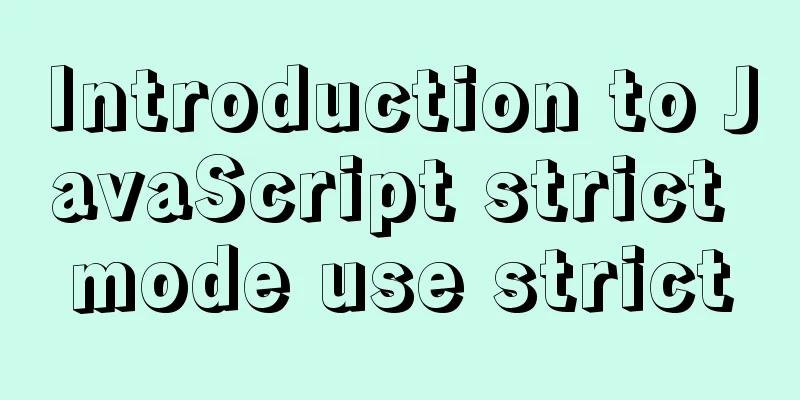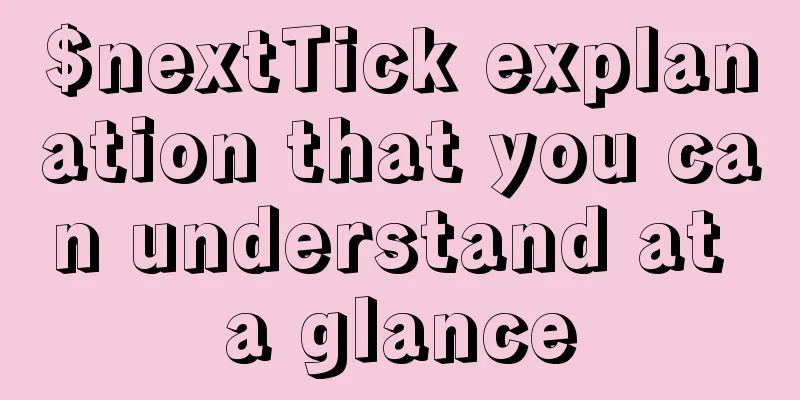iview implements dynamic form and custom verification time period overlap

Dynamically adding form itemsiview's dynamic form addition is very simple. You just need to set the form items to an array, and push a default value when adding a new item. iview will do the rest for you.
<template lang="html">
<div class="">
<Form
ref="formValidate"
:model="formValidate"
:rules="rulesValidate"
:label-width="100"
:label-colon="true"
>
<FormItem
v-for="(item, index) in formValidate.showTimeDurations"
:key="index"
:prop="'showTimeDurations[' + index + '].value'"
:label="'Show time period' + (index + 1)"
>
<Row>
<TimePicker
type="timerange"
v-model="item.value"
placement="bottom-end"
placeholder="Select a time period"
style="width: 400px;"
:disabled="isDisEdit"
></TimePicker>
<Button shape="circle" icon="md-close" @click="handleRemove(index)" style="margin-left: 10px;"></Button>
</Row>
</FormItem>
<FormItem style="width: 500px;" v-if="formValidate.showTimeDurations.length < 3">
<Button type="dashed" long @click="handleAddDuration" icon="md-add">Add display period</Button>
</FormItem>
</Form>
</div>
</template>
<script>
export default {
name: 'banner_new',
data() {
return {
formValidate: {
showTimeDurations: [{value: ['','']}]
}
}
},
methods: {
handleAddDuration() {
this.formValidate.showTimeDurations.push({value: ['','']})
},
handleRemove(index) {
this.formValidate.showTimeDurations.splice(index, 1)
}
}
}
</script>
<style lang="css" scoped>
</style>
Form Validation iview's form validation is done by adding the attribute Add a title form item and submit button
<FormItem label="Name" prop="title" style="width: 500px;">
<Input v-model="formValidate.title" :disabled="isDisEdit" :placeholder="'Please enter the name of the slideshow (up to 50 characters)'" maxlength="50" show-word-limit></Input>
</FormItem>
...
<Row type="flex" justify="start" style="margin-top: 20px;">
<Button type="primary" style="width: 100px; margin-left: 20px;" v-if="isCanSave" @click="handleSubmit('formValidate')">Save</Button>
</Row>
methods: {
handleSubmit(form) {
// Calling the validate method will perform validation this.$refs[form].validate(validate => {
// validate=true/false, whether the verification is successful or not})
},
}Form Validation:
rulesValidate: {
title:
{
required: true,
message: 'Please fill in the name of the slideshow',
trigger: 'blur'
},
{
type: 'string',
max: 50,
message: 'Within 50 characters, Chinese/letters/numbers/common characters',
trigger: 'change'
}
],It can also be written as
title: [{{ required: true, message: 'Please fill in the image name', trigger: 'blur'}}]The verification condition is an array and multiple conditions can be written. If you need custom validation, you can define a validator in data
data() {
const durationValitator = (rule, value, callback) => {
if(this.isShowTimePicker && value.toString() === ',') {
callback(new Error('Please select the display time period'));
}else if(value[0] === value[1]) {
callback(new Error('Please select the correct time period'))
}else if(!showTimeDurationsJudge(this.formValidate.showTimeVOS)){
callback(new Error('Time period cannot be repeated'))
}else {
callback()
}
};
const durationValidate = [{ validator: durationValitator, trigger: 'blur' }];
return {
rulesValidate: {
'showTimeDurations[0].value': durationValidate,
'showTimeDurations[1].value': durationValidate,
'showTimeDurations[2].value': durationValidate,
}
}
}
Verify that time periods overlapFirst consider how to verify if there are 2 periods of time? The situation of crossing days is not considered. The result of thinking is that the necessary and sufficient condition for two time periods not to overlap is
Meeting the above conditions can ensure that the two time periods are completely staggered. Because the time given by the control is a string in the format of "00:00:00", I introduced the moment library to convert the string into a timestamp, which can be compared in size.
const judge = (a1,a2) => {
let result = false
const start1 = moment(a1[0],"HH:mm:ss").valueOf()
const end1 = moment(a1[1],"HH:mm:ss").valueOf()
const start2 = moment(a2[0],"HH:mm:ss").valueOf()
const end2 = moment(a2[1],"HH:mm:ss").valueOf()
if(start1 == start2) {
return false
}else if(start1 > start2) {
result = start1 > end2
}else {
result = end1 < start2
}
return result
}If there is overlap, it returns false; if there is no overlap, it returns true. After being able to compare two time periods, if there are more time periods, you can use a loop to compare them. The complete code is:
import moment from 'moment'
export const showTimeDurationsJudge = (durations) => {
let judgeResult = true
if (durations && durations.length > 1) {
for(let i=0;i<durations.length-1;i++){
for(let j=i+1;j < durations.length; j++) {
judgeResult = judgeResult && judge(durations[i].value,durations[j].value)
}
}
}
return judgeResult
}
const judge = (a1,a2) => {
let result = false
const start1 = moment(a1[0],"HH:mm:ss").valueOf()
const end1 = moment(a1[1],"HH:mm:ss").valueOf()
const start2 = moment(a2[0],"HH:mm:ss").valueOf()
const end2 = moment(a2[1],"HH:mm:ss").valueOf()
if(start1 == start2) {
return false
}else if(start1 > start2) {
result = start1 > end2
}else {
result = end1 < start2
}
return result
}This concludes this article about how iview implements dynamic forms and custom verification time period overlap. For more relevant iview form verification content, please search for previous articles on 123WORDPRESS.COM or continue to browse the following related articles. I hope everyone will support 123WORDPRESS.COM in the future! You may also be interested in:
|
<<: JavaScript canvas text clock
>>: jQuery implements accordion effects
Recommend
How to start a transaction in MySQL
Preface This article mainly introduces how to sta...
Share 8 very useful CSS development tools
CSS3 Patterns Gallery This CSS3 pattern library s...
Vue implements the operation code of clicking a button to download a file (backend Java)
In the previous article, I introduced the functio...
Object-Oriented Programming with XHTML and CSS
<br />If only XHTML and CSS were object-orie...
Detailed explanation of Linux text editor Vim
Vim is a powerful full-screen text editor and the...
A link refresh page and js refresh page usage examples
1. How to use the link: Copy code The code is as f...
Docker Swarm from deployment to basic operations
About Docker Swarm Docker Swarm consists of two p...
Pay attention to the use of HTML tags in web page creation
This article introduces some issues about HTML ta...
Teach you how to build the vue3.0 project architecture step by step
Table of contents Preface: 1. Create a project wi...
Detailed explanation of CocosCreator optimization DrawCall
Table of contents Preface What is DrawCall How do...
wget downloads the entire website (whole subdirectory) or a specific directory
Use wget command to download the entire subdirect...
Sample code for changing the color of a png image through a CSS3 filter
This method uses the drop-shadow filter in CSS3 t...
XHTML Getting Started Tutorial: Simple Web Page Creation
Create your first web page in one minute: Let'...
WeChat applet scroll-view realizes left and right linkage
This article shares the specific code for WeChat ...
In-depth understanding of the use of r2dbc in MySQL
Introduction MySQL should be a very common databa...











